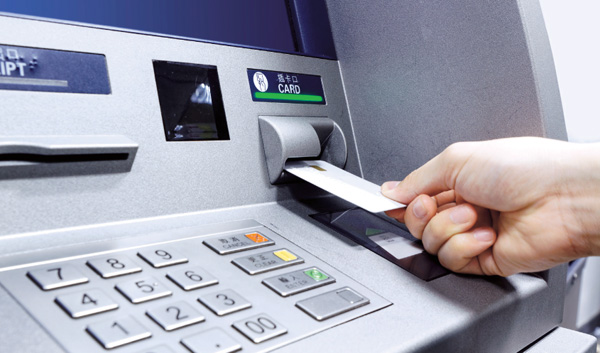In 2015, the U.S. identity fraud victim count increased by 3% to 13.1 million, but the dollars stolen decreased by 6% to $15 billion, according to Javelin Strategy & Research's 2016 Identity Fraud Study.
Javelin, based in Pleasanton, Calif., also found that the rise of EMV made a significant impact on fraudsters' behavior, doubling the instances of new account fraud. In addition, many consumers who do not trust their financial institutions engaged in behavior that lowered their chances of discovering fraud.
The 2016 Identity Fraud Study pinpointed these four significant trends:
Recommended For You
1. There were more identity fraud victims, but less money was stolen. The number of identity fraud victims was at its second highest level in six years, but the amount stolen was at its lowest point in the past six years. Identity fraud, Javelin reported, is a serious issue as fraudsters have stolen $112 billion in the past six years. That equals $35,600 stolen per minute, or enough to pay for four years of college in just four minutes.
2. EMV led new account fraud incidents to double. In 2015, the U.S. transitioned to EMV cards, designed to reduce in-person fraud and the profitability of counterfeit card operations. Fraudsters reacted by moving away from existing card fraud to focus on new account fraud. This drove a 113% increase in incidents involving new account fraud, which accounted for 20% of all fraud losses.
3. Consumer choices negatively impacted fraud detection. The study found consumers who did not trust their financial institutions were less likely to use transaction monitoring, email alerts, credit freezes and black market monitoring. Fraudsters used these consumers' information longer (by 75%). And, these consumers incurred a 185% greater mean expense compared to victims with high trust in their financial institutions.
4. U.S. consumer data was used in international fraud. The study found that 18%, or $2.4 billion, of money stolen from U.S. cardholders was spent outside of the country. The average dollar amount stood at $1,585 per occurrence, although most consumers did not incur an out-of-pocket cost, as the major card issuers offered zero liability. Javelin said issuers are doing a good job of quickly detecting this type of fraud and are proactively detecting 69% of these cases.
"Fraud is evolving at a frantic pace, although the amount of fraud has been relatively flat over the past four years," Al Pascual, senior vice president, research director, and head of fraud and security for Javelin, said. "This just shows that when the industry cracks down on one type of fraud, criminals quickly shift their attack vector and area of operation. The study this year reinforced that with industry, technology and consumers working in concert, people can best fight back against the fraudsters. The worst thing consumers can do is lose trust in their financial institutions and stop playing an active role in working to detect fraud. Taking a back seat will increase their risk and the damage that occurs if they are fraud victims in the future."
The San Diego-based Identity Theft Resource Center reported that as of Feb. 2, the number of breaches captured in its 2016 breach report totaled 53, down from last year's record pace for the same period (69). The number of records breached to date is 1,333,635. The ITRC reported 781 data breaches in 2015, which exposed 169,068,506 records containing personally identifiable information.
© 2025 ALM Global, LLC, All Rights Reserved. Request academic re-use from www.copyright.com. All other uses, submit a request to [email protected]. For more information visit Asset & Logo Licensing.






